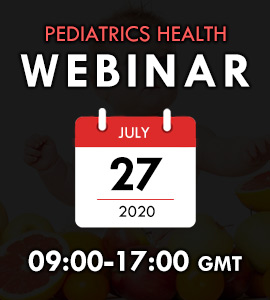
Mimoza Canga
University Ismail Qemali Vlora, Albania
Title: The treatment of purulent meningitis in children 2 months-14 years
Biography
Biography: Mimoza Canga
Abstract
Purpose: The purpose of this study is to evaluate the data found in the medical records of the patients with purulent meningitis in the hospital of Fieri in Albania. Also this study aimed at investigating the ways used in treating this pathology as well as observing if these treatments were done according to the modern treatment protocol. The deficiencies of the treatments will be taken in consideration.
Objective: Identifying the cases of purulent meningitis in Fieri hospital’s medical records database during 2013-2019.
Material and Method: This is a retrospective study carried out at the Fieri Regional Hospital through studying and evaluating the medical record database of this hospital focusing on cases with purulent meningitis within the pediatric age range 4 months - 14 years old. The medical records taken under observation belonged to patients who were hospitalized in the hospital of Fier. Only 11 cases of this type of meningitis were found 2 of which were taken to Tirana hospital, while the remained 9 children were treated in the pediatric ward in the Fieri hospital.
Results: According to the records purulent meningitis was diagnosed through lumbar puncture in only 4 children. The sample of fluid taken in the spinal cord was taken to the laboratory where the diagnosis was confirmed. In all other cases the diagnosis was confirmed by the examination of the patient's clinical complaints (fever, headache, nucal rigidity and vomiting). No specific tests have been performed to find the type of pathogen that caused purulent meningitis. The medicaments used in treating these patients in Fieri's pediatrics were mainly ceftazidime and ampicillin.
Conclusion: Almost all the clinical cases were hospitalized during the year 2015. Their treatment was mainly done by the combination of ceftazidime and ampicillin at different doses according to the patient; the doses were reduced after the fifth day. Patients condition was generally good they remained hospitalized 10-12 days and they were hospital discharged when they were fully healed.
Recommandations: Medications should be used according to the micro pathogen found in the laboratory tests. Also the hospital should improve the database of purulent meningitis’ medical records.

